Mary Katrantzou Is Being Sued For Infringing Photograph In Capsule Collection
British Fashion Designer, Mary Katranzou, known for her digitally printed designs, has been accused of copyright infringement of a photo image and using it without permission on a range of t-shirt and a handbags in her 26 piece capsule collection.
Visual artists and Korean photographer Myoung Ho Lee, according to the lawsuit “one of the most well-known of Korea's photographers,” has filed a complaint in the Californian District Court over the photographic artwork of his well-known tree image, which was first featured in The New York Times Style Magazine
Myoung Ho Lee's "Tree ... #3," top, and the Mary Katrantzou-designed shirt. (Credit: Court documents)
The complaint claims, that the “Defendant [Mary Katrantzou] knew that it had not paid for use of Lee’s copyrights, knew it did not have permission to exploit Lee’s works or to create derivatives therefrom, and knew its acts constituted copyright infringement,”
The London based designer Mary Katrantzou has often been the target of knockoffs. Mary Katrantzou with regard to being copied has said of imitations, “you can’t take it personally; everyone is being copied, and I don’t have the budget to sue,” but this is the first time the British brand has found itself the subject of a copyright lawsuit.
The lawsuit must surely be somewhat awkward for the designer. Only this year, Mary Katrantzou was awarded the BFC/Vogue Designer Fashion Fund, praised for her innovative digital-print techniques. Joining the ranks of previous Fashion Fund winners which include Peter Pilotto, Nicholas Kirkwood, Jonathan Saunders, Christopher Kane and Erdem.
Even though the case will likely settle out of court. The lawsuit raises very important questions in a digital age, around where we get our inspiration from and what we can and can't commercially use. Despite the common assumption, just because photographs are on the internet doesn’t necessarily mean they are in the public domain, therefore if you want to use an artists work commercially, the most responsible way is to pay a licence fee for use of that artwork.
The case is Lee v. Tatoumik Ltd., case number 4:15-cv-04819, in the U.S. District Court for the Northern District of California.
We'll update you with more details.


